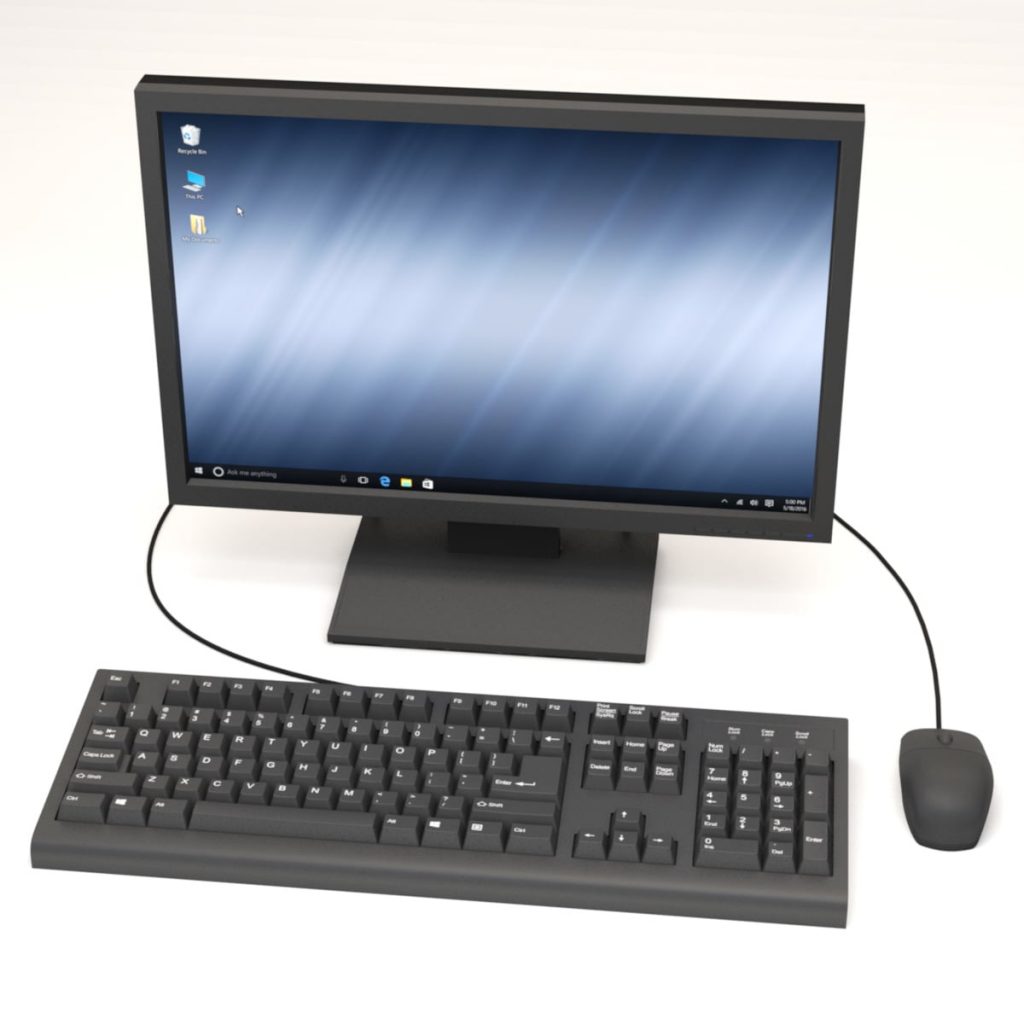Back to: Computer Science Course GCE A Level Cameroon
Monitor – Output devices Computer science topic GCE A level
II.5 Monitor
The monitor is the most frequently used output device for producing soft copy output. A computer monitor is a TV-like display attached to the computer on which the output can be displayed and viewed. Monitors are available in various sizes like 14, 15, 17, 19 and 21 inches. The larger the size of the monitor, the more expensive it is. The size of the display is described based on two parameters: aspect ratio and screen size. Aspect ratio is the ratio of the width of the display screen to the height, that is, the ratio of vertical points to the horizontal points necessary to produce equal-length lines in both directions on the screen.
The screen clarity depends on three basic qualities, which are as follows:
- Resolution: It refers to the number of pixels in the horizontal and vertical directions on the screen. A pixel (px) is the smallest portion of an image or display that a computer is capable of printing or displaying. In medium-resolution graphics, pixels are large, whereas in high-resolution graphics, pixels are small. The average CRT display is currently 800 × 600 or 1024 × 768. The more dots or pixels, available to create the image, the sharper it will be.
- Dot Pitch: It is the measurement of the diagonal distance between the two like-coloured (red, green or blue) pixels on a display screen. It is measured in millimetres and common dot pitches are 0.51, 0.31, 0.28, 0.27, 0.26 and 0.25 mm. Smaller the dot pitch, sharper will be the image when displayed on the monitor. Generally, a dot pitch of less than 0.31 mm provides clear images.
- Refresh Rate: It is the number of times per second the pixels are recharged so that their glow remains bright. A refresh rate of 60 Hz means the image is redrawn 60 times a second. The higher the refresh rate, the more solid the image looks on the screen, that is, it does not flicker.
II.5.1 Cathode Ray Tube Monitors
CRT is the electron beams within a monitor that move across your screen either interlaced or non-interlaced hitting phosphor dots on the inside glass tube. Within the CRT are three electron guns, red, green, and blue. Each of these guns streams a steady flow of electrons, left to right, for each line of your monitor.
II.5.2 Liquid Crystal Display Monitors
LCD is a flat display technology used in laptops, cell phones, calculators and, flat screen displays. The LCD is made of two sheets of a flexible polarizing material with a layer of liquid crystal solution between the two. The LCD does not refresh like a traditional CRT monitor, Instead, the display is created by sending various voltages of el ectricity to cells of liquid crystal causing the liquid crystal to untwist at the rate of electricity applied, generating 64 different shades per cell.

